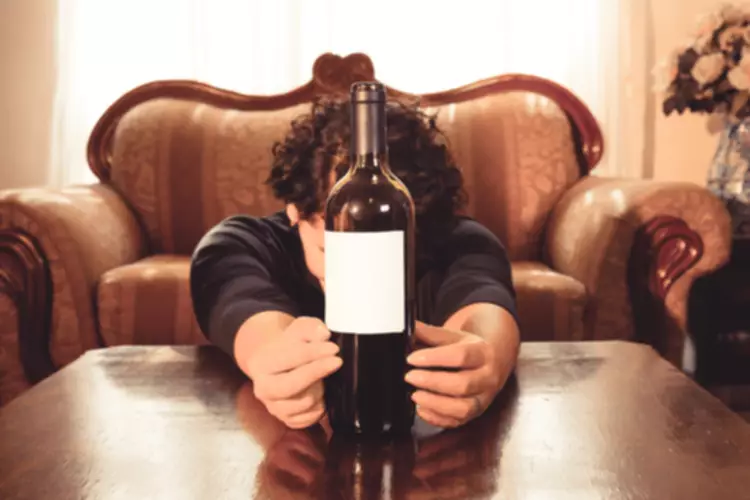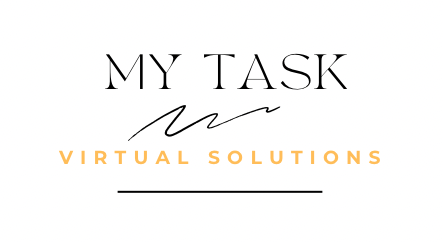
However, rehab treatment programs usually extend 30, 60, and 90 days, leaving a significant gap in the need for further structure. Studies have shown that the highest success in long-term sobriety is achievable with recovery options such as sober-living arrangements after rehab to build a solid foundation within the first 24 months of sobriety. Look for a facility with in-house management teams that offers physical and mental health programs, constant guidance, and support.
- This drug and alcohol-free environment is a closely supervised in-house program with treatment and therapy.
- It would be very challenging to leave rehab and enter into an independent life without practicing the tools learned in rehab.
- Unlike more transitory or clinical settings, these residences offer a blend of freedom and structure conducive to nurturing the skills and mindset needed for sustaining sobriety.
The Difference Between Sober Living and Rehab: A Comprehensive Guide
This type of “giving back” is consistent with a principle of recovery in 12-step groups. In a sober living community, residents are granted more freedom and responsibility. At the same time, sober living community residents are being prepared to transition back into the “real world.” In the process, they are also learning how to build a structured routine in their life. For instance, a sober living community resident is required to build a schedule and a budget to maintain a healthy lifestyle.

What is residential treatment?
Some examples of additional services may include transportation to appointments, recovery coaching, meals and gym memberships. But when considering some of the services offered, make sure they’re services that help support your sobriety. Part of living in recovery is “showing up for life,” meaning doing things for yourself that make you a successful, contributing member of society. So when getting back on our feet and in recovery, cooking and cleaning for ourselves is part of a healthy recovery plan. Let’s say you or a loved one has almost completed an alcohol or other drug addiction treatment program.
The Benefits of Sober Living Homes
For people in recovery, finding the right type of support is a critical part of remaining sober. This looks different for everyone, which is why it is so important to understand the differences between sober living (a recovery residence) and rehab (a treatment facility) in order to choose the one that is right for you. Rehabilitation, or “rehab,” is a program that helps people stop using drugs or alcohol.
Follow Art of Healthy Living
In the same light, sober living homes assist people with finding a job and new residencies. Transitional housing for addiction recovery takes on multiple forms, including sober living homes and halfway houses, each designed to cater to varying needs. Sober living homes offer a balance of independence and support, allowing residents to gradually reintegrate into society while still benefiting from a supportive, substance-free environment. These residences often function as a stepping stone for individuals who have completed inpatient treatment but are not yet ready to live entirely on their own. A critically important aspect sober house vs rehab of one’s social network is their living environment. Recognition of the importance of one’s living environment led to a proliferation of inpatient and residential treatment programs during the 1960′ and 70’s (White, 1998).


Or maybe you’re going to start an outpatient program, but living at home isn’t a sober, supportive environment for you. Rehabilitation programs can vary in their intensity and duration, ranging from short-term inpatient or outpatient treatment to longer-term residential programs. The goal of rehabilitation is to provide a holistic approach to recovery, addressing the root causes of addiction, developing coping mechanisms, and equipping individuals with the tools they need to maintain sobriety. Rehabilitation, often referred to as “rehab,” is a comprehensive treatment program designed to address the physical, psychological, and social aspects of addiction. These programs typically involve a combination of medical, therapeutic, and counseling services to help individuals overcome their substance use disorder and develop the skills and strategies necessary for long-term recovery.
Sober Living Homes Cost vs Drug Rehabs Cost
Understanding these rules and expectations beforehand helps set the =https://ecosoberhouse.com/ stage for a successful recovery journey, ensuring you’re prepared to adhere to the community standards and contribute positively. All sober houses have a zero-tolerance policy regarding the use of drugs or alcohol. Some recovery houses insist on random drug testing to ensure residents remain sober.
In some cases of addiction, medication is involved to help you wean off the drugs and get sober safely. Residential treatment addresses the addiction first, then works with the individual to help them figure out why they turned to drugs in the first place, offering alternatives so they can continue living outside the clinic. Apartment-based communities offer an environment where residents may maintain more independence than is possible in other settings while they pursue treatment and work toward recovery. Sober Surroundings is a sober home only and we do not provide addiction services or addiction treatment of any kind.
How to Stage an Intervention for Drug & Alcohol Addiction
- CSLT is located in Sacramento County California and consists of 16 houses with a 136 bed capacity.
- Despite the enormous need for housing among the offender population, SLHs have been largely overlooked as a housing option for them (Polcin, 2006c).
Leaving the safety of treatment for a temptation-packed daily life is a huge step! Through a combination of accountability and education, this supportive housing solution helps us prepare for tough real-world scenarios after treatment. Halfway houses serve as the halfway point between an institution and independent society, with residents usually coming from either correctional or inpatient treatment facilities. Design for Change is a full-service addiction Twelve-step program recovery center in Lancaster, California that offers tiered levels of treatment for drug addiction and alcoholism. Riviera Recovery is a health and wellness sober living community helping men & women recover from substance use, mental health and co-occurring disorders.
